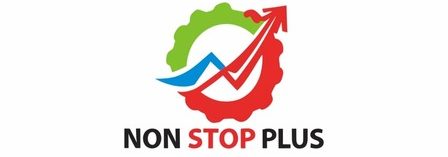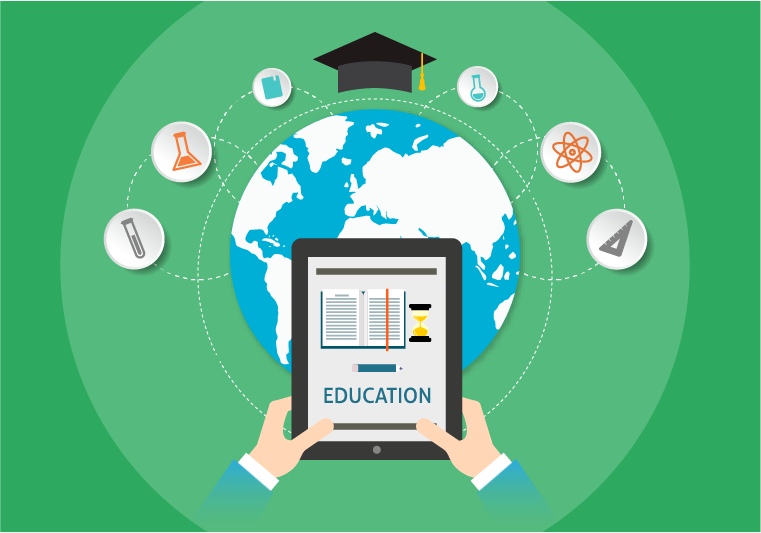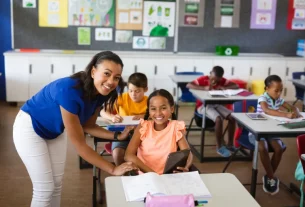Introduction
In the digital age, educational resources have become more accessible and diverse than ever before. These resources have transformed the way we learn, breaking down geographical barriers and offering a wide range of tools and materials to support learners of all ages. In this article, we will explore the vast world of educational resources, their significance in education, and how to effectively leverage them for optimal learning outcomes.
The Significance of Educational Resources
- Enhancing Accessibility: Educational resources, especially those available online, provide an opportunity for learners from diverse backgrounds to access quality education. This is particularly important in remote or underserved areas where traditional educational infrastructure may be lacking.
- Customized Learning: Educational resources allow learners to tailor their learning experience to their individual needs. Whether it’s personalized tutorials, interactive quizzes, or adaptive learning platforms, students can choose resources that align with their learning style and pace.
- Lifelong Learning: Education is a lifelong journey, and educational resources empower individuals to continue learning beyond formal schooling. Whether you’re pursuing a new career, acquiring a new skill, or simply exploring a personal interest, resources are readily available.
- Global Learning Community: Educational resources often connect learners to a global community of peers and experts. This promotes collaboration, knowledge sharing, and exposure to diverse perspectives, enriching the learning experience.
Key Types of Educational Resources
- Online Courses and MOOCs: Massive Open Online Courses (MOOCs) offer courses from universities and institutions worldwide on a wide range of topics. Platforms like Coursera, edX, and Udemy provide access to high-quality courses, often with the option to earn certificates or degrees.
- Educational Websites: Numerous websites provide free educational content, including articles, videos, and interactive tutorials. Khan Academy, TED-Ed, and MIT OpenCourseWare are just a few examples.
- E-books and Digital Libraries: E-books and digital libraries offer a vast collection of books, research papers, and reference materials. Platforms like Project Gutenberg and Google Books provide free access to a wealth of literature.
- Educational Apps: Mobile apps cater to a variety of learning needs. From language learning apps like Duolingo to math and science resources, these apps make learning engaging and accessible on the go.
- Open Educational Resources (OER): OER are freely accessible, openly licensed materials that can be used for teaching, learning, and research. They include textbooks, course modules, and multimedia resources, often created and shared by educators and institutions.
Effective Utilization of Educational Resources
- Set Clear Learning Goals: Define your learning objectives before diving into resources. Knowing what you want to achieve will help you select the most relevant materials.
- Diversify Your Sources: Explore a variety of resources to gain a well-rounded understanding of your chosen topic. Different perspectives and formats can enhance your comprehension.
- Stay Engaged: Actively engage with the resources you use. Take notes, ask questions, and participate in online discussions or forums if available.
- Manage Your Time: Effective time management is crucial when using educational resources, especially if you’re balancing learning with other commitments. Create a schedule and allocate time for study.
- Seek Support: Don’t hesitate to seek support or guidance from teachers, mentors, or peers. They can help you navigate resources, clarify doubts, and provide valuable insights.
Conclusion
Educational resources have revolutionized learning, making knowledge more accessible and adaptable to individual needs. Whether you’re pursuing formal education or simply expanding your horizons, the wealth of resources available today empowers you to take control of your learning journey. By setting clear goals, diversifying your sources, and actively engaging with these resources, you can harness their full potential for lifelong learning and personal growth. Embrace the digital age’s educational bounty, and let your curiosity lead the way to knowledge and self-improvement.



